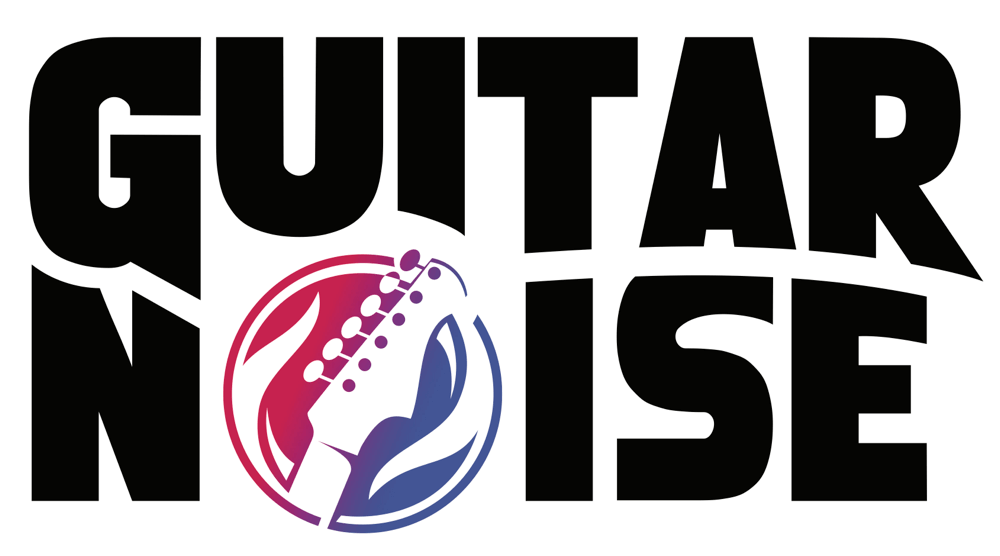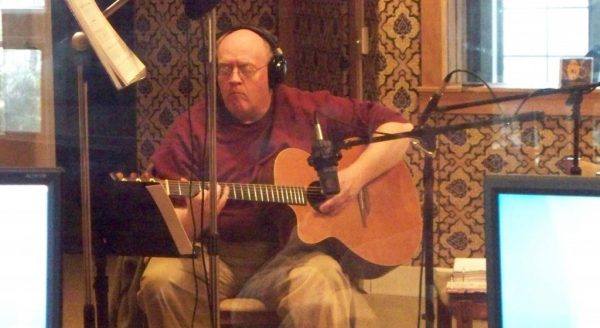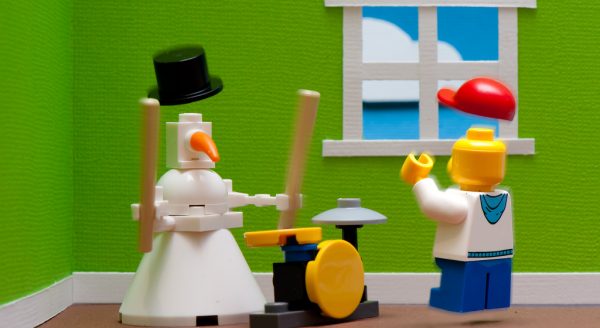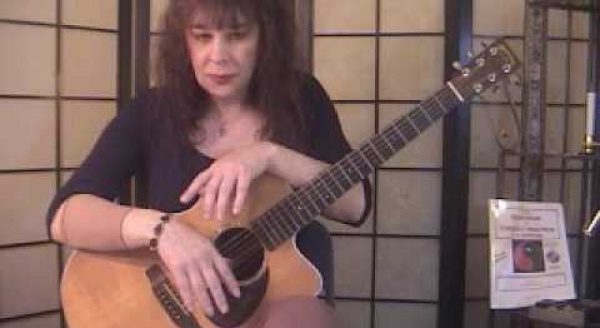Eight Common Strumming Mistakes to Avoid on Guitar
We will explore eight common strumming mistakes that many beginners make. Strumming is a fundamental technique that lays the foundation for playing various styles of music on the guitar. Understanding and correcting these mistakes will help you achieve better control, dynamics, and tone while avoiding fatigue during long playing sessions. Your guitar lessons like these […]



